Hey, Way to go, Colorado!
First, I have to say that I’m sure there are those with the best of intentions behind the water laws of the west, and that probably even more good intentions went into the “legalizing of rain barrels” in Colorado. Well, sort of.
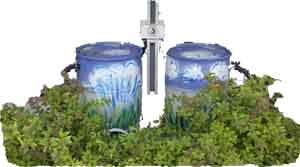 I don’t get political, and I’m not trying to start now. As with so many political issues, there are differing sides of the same coin that have a hard time seeing it any other way, and so some sort of compromise must be reached to avoid gridlock. This compromise, for Colorado, appears to be officially making it legal for homeowners..
I don’t get political, and I’m not trying to start now. As with so many political issues, there are differing sides of the same coin that have a hard time seeing it any other way, and so some sort of compromise must be reached to avoid gridlock. This compromise, for Colorado, appears to be officially making it legal for homeowners..
In May 2016 Governor John Hickenlooper signed a law (House Bill 16-1005) that allows residential properties and multifamily residences with four or fewer units to use up to two rain barrels, located above ground, with a combined storage capacity of 110 gallons. (from http://www.lot-lines.com/rain-barrels-no-longer-illegal-colorado/)
Unfortunately, this may have made it worse.
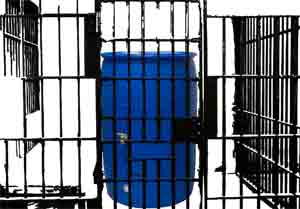 A step in the right direction? Yes, especially if getting 1 or 2 rain barrels inspires further change, like taking out turf, adding swales and earthwork to slow down runoff.. (not sure where this falls in the “illegal rainwater harvesting” arena, especially if you’ve already max’d out your 110 gallons…) The thing is, it seems that what was an obscure, never really identified or enforced law, is now very real and specific, and can even be removed..
A step in the right direction? Yes, especially if getting 1 or 2 rain barrels inspires further change, like taking out turf, adding swales and earthwork to slow down runoff.. (not sure where this falls in the “illegal rainwater harvesting” arena, especially if you’ve already max’d out your 110 gallons…) The thing is, it seems that what was an obscure, never really identified or enforced law, is now very real and specific, and can even be removed..
the State Engineer “may curtail rain barrel usage” if a water right holder can prove that the use of rain barrels has impacted their ability to receive their entitled water.
“Entitled Water”
This could raise some questions as well, but the law is the law, and I digress.
More specific and to the point, if you live in almost any house in Colorado, these laws were probably put in place before your house was built. Unless your house is 130+ years old…
“Many appropriative water rights were created before state and territorial legislatures had enacted laws governing water use. The first appropriative water rights statute was enacted in California in 1872.(1) It allowed for creation of such rights by posting, at the point of diversion, a document stating the intended amount of the right and its purpose of use, filing for the right in the county recorder’s office, and taking the necessary steps to”perfect” the right(put the water to beneficial use) with “due diligence.” This procedure was not the exclusive method of creating water rights because California recognized both appropriative and riparian water rights. Other states also enacted early statutes governing appropriative water rights, requiring the posting of notice at the point of diversion. Colorado, Dakota Territory, New Mexico, Texas, and Wyoming enacted laws in the 1880’s. (2)“ Arizona, Nevada, and Oklahoma enacted laws in the 1890’s. (3)”
— http://lawschool.unm.edu/nrj/volumes/29/2/03_johnson_survey.pdf
 …Why is that relevant? Well, because chances are unless your house was built on solid rock, before that house was built at least a little more rainfall filtered into the ground on it’s current footprint.
…Why is that relevant? Well, because chances are unless your house was built on solid rock, before that house was built at least a little more rainfall filtered into the ground on it’s current footprint.
So by definition, any homeowner should be able to, nay, be Obligated to, capture the amount that had previously filtered into the ground where their house sits,
as long as they are doing just that with it: filtering it into the ground.
(Look out, I’m about to get all technical on you)
 A quick ballpark calculation
A quick ballpark calculation
If the coefficient of runoff (factor of how much rainfall runs off vs. how much infiltrates, the coefficient is basically the % that runs off for certain surface types and slopes) for a forest floor is 0.1 (see table link below ) -that is, 10% of rain that falls on a forest runs off, so 90% infiltrates), and a house roof has a coefficient of .95, and said house has approximately a 25’ x 40’ roof area (1,000 sq.ft.)…
coefficient values table: http://www.utdallas.edu/~brikowi/Teaching/Applied_Modeling/SurfaceWater/LectureNotes/Rational_Method/Runoff_Coefficient.html
 Let’s do the math for a 1” rain event.
Let’s do the math for a 1” rain event.
Pretty much every rain barrel website out there in cyberspace will tell you that you get about 600 gallons from a 1,000 sf roof in 1” of rain. This number already figures in the coefficient, specifically 0.96 (1000 / 12 inches = 83.3 cu. ft x 7.48 (gal per cu.ft.) = 623 gallons, and 623 X .96 (coefficient of runoff) = 600 gallons.
If that same 1,000 sf area had a coefficient of 0.1 , then take that 623 gallons x 0.1 = 62 gallons.
 When would that apply? Before your house was built, and when the water laws were enacted.
When would that apply? Before your house was built, and when the water laws were enacted.
That means about 538 More gallons run off from your house now than what used to when the laws were put in place.
Call me crazy, but it seems to me that for every 1” of rainfall on any given house that was built after the prior appropriation water laws were established, that homeowner has a legal Obligation to capture the difference of 538 gallons (or the difference of any specific house and its equal land area runoff), as long as they do not remove it from the system, but slowly release the rainwater into the ground to infiltrate, the same as it had before the house was there.
Click the pic below to see the USGS explanation
For the above example, this could be easily accomplished by installing a 600 gallon rainwater reservoir and a 60 gallon ‘first flush’ settling tank. The settling tank basically has a slow leak, so it is empty for the next rainfall, and the large reservoir should be handled in a similar manner, slowly releasing automatically or a little every few days until it is empty, thus infiltrating and recharging groundwater. In doing so, water use and demand is reduced since irrigation needs are being fulfilled by the stored rainwater, and then the reservoir is ready for the next rain.
This could benefit the downstream “water right holder” more than they realize
See here’s the thing about getting that water back into the ground: It flows underground, too! Just much slower, more controlled, and this is the root cause of most of our water problems:
There is a basic misunderstanding that we should pipe, channel, funnel, pump, or otherwise divert stormwater away from our homes, foundations, streets etc. (even most swimming pools are built to shed rainwater away, and out into surrounding lakes, streams, rivers, picking up every bit of “nonpoint source pollution” along the way.
The guys fighting against rain barrels have no idea that rainwater harvesting actually helps ensure a high groundwater table which, through natural springs, keep streams and rivers flowing more consistently, even when it doesn’t rain.
Skip to the conclusion below to see what this amounts to each year, and tell me that wouldn’t help fill the groundwater to overflowing.
I tend to ramble, so if you’re a geek like me and want to continue on with the math/ coefficient stuff, read on. It’s pretty dry though, and I’m not even sure I make a clear point here…. You were warned.
For the above example, any smaller or greater amount of rainfall than 1” will only err in favor of the “Water Laws,” where a smaller total will not fill the reservoir completely but still fully fill the settling tank, increasing the percentage of immediate loss/ runoff that leaks from this tank.
Any greater amount will simply not be stored but will runoff, either from an overflow on the reservoir or an automatic bypass built into most well designed downspout diverters.
How far can he take this?
Of course, 1” isn’t the magic number but simply an example used here, but the key is the relative size of the “first flush” settling tank to the main reservoir. (i.e. 62 gallons / 600 gallons, or the ratio of coefficients, 0.1 / 0.96 = ~ 0.104)
So legally, anyone who owns a house in a state that enforces this “seniority of water rights” is obligated to allow the original amount of runoff (coefficient of the pre-settlement land type), and to store and slow down the difference of coefficients (house vs. land), and should have a capacity based on the “average” rainfall for that area.
Now, one might deduce, as I almost did, that as long as the settling tank is 10% of the size of the main reservoir, that the bigger the better, and more accurate, right? Maybe close enough, and we will see how this can work, but it is not quite that simple.
Here’s why: A 100 gallon reservoir would have a 10 gallon settling tank, which works out, especially with smaller amounts of rainfall. Compared to the 600 gallon/ 60 gallon example above, this is better when you get, say, 0.1” rainfall, where you would get 60 gallons of runoff from the 1,000 sf roof. All of this would go to the larger first flush, and none would reach the 600 gallon reservoir, whereas only 10 gallons would fill the smaller, and 50 gallons would half fill the 100 gallon tank.
You see this on a greater scale with something like a 1,000 or 2,000 gallon storage tank. In those cases, using the 10% “pre”settling tank, you would need 0.16 to .33” of rain just to fill the settling tank, and a 1” rainfall would fill the 600 gallon tank almost full, only produce 500 gallons, or 1/2 fill the 1,000 gallon and 400 gallon or 1/5 of the 2,000 gallon tank. Of course, where this is made up is when you get a 3” rain event, nicely filling the 2,000 gallon tank with 1,600 gallons. The others will fill and overflow, losing the excess. This greater capacity, in turn, would last through a longer dry spell, depending on the area of the landscape, garden or lawn to be irrigated.
One way around this would be to connect multiple “first flush” type settling tanks and reservoirs, and in this case the more, of smaller capacity, the more efficient the system (to a point – sorry if I seem to be splitting hairs here)…
Well, I went far enough down that rabbit hole, and the point it would seem is that there is a happy medium, most likely based on specific average rainfall and duration between rains. For most locations, I think we can assume that number for simplicity sake to be 1” of rainfall, and if you wanted to add more, just add another 60 gallon (or 10%) settling tank for each additional 600 gallon reservoir.
Yep, waaaaay too far.
Conclusion: If just one home of 1,000 sq. ft. catches, stores and uses 600 gallons of capacity of rainwater for each 1” of rainfall, and an average season sees 30”, that is 18,000 gallons per year of reduced runoff (nonpoint source pollution of lakes & streams), + 18,000 gallons of reduced water demand and groundwater draw, +18,000 gallons of better irrigation water, producing healthier plants and local food production (plants greatly prefer rainwater to treated tap water).
 How many homes could do this? And how much larger are most homes than 1,000 sq. ft.? That sounds like the subject for a future post…
How many homes could do this? And how much larger are most homes than 1,000 sq. ft.? That sounds like the subject for a future post…
references:
1. California Water Code, Ch. 424, 1871-1872 Cal. Stat. 622 (amended 1943).
2. Act of Feb. I1, 1881 Colo. Sess. Laws 161; Act of Feb. 28, 1881, ch. 142, 1881 Dak. Laws
201; Act of Feb. 26, 1891, ch. 71, 1891 N.M. Laws 130; Act of Mar. 19, 1889, ch. 88, 1889 Tex Gen Laws 1128; Act of 1886, ch. 61, 1886 Wyo. Sess. Laws.
3. Act of Apr. 13, 1893, no. 86, 1893 Ariz. Laws 119; Act of Mar. 16, 1899, ch. 97, 1899 Nev. Laws 115; Act of Mar. 12, 1897, ch. 19, 1897 Okla. Sess. Laws 187; see generally 1W. HUrCHrs, supra note 3, 166-70; I R. CLARK, supra note 6, 93-124.
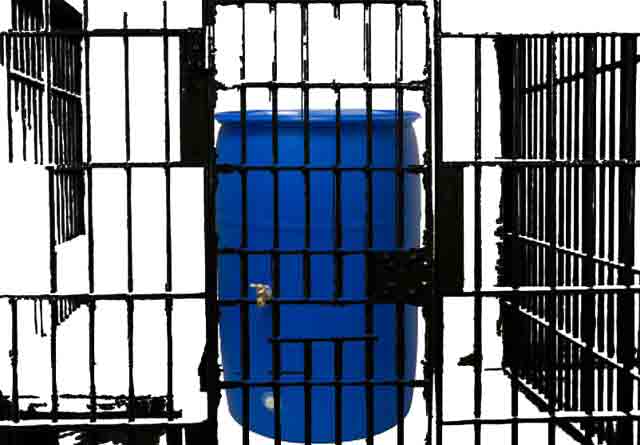
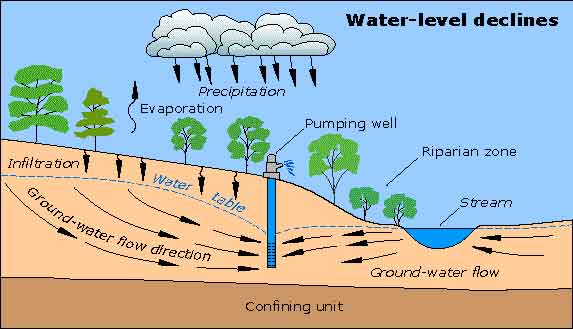
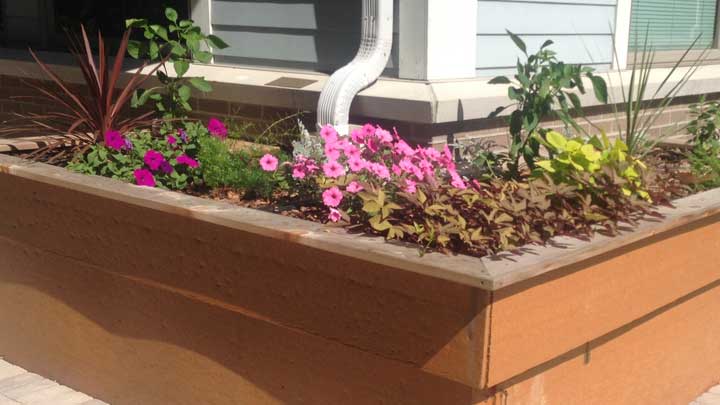
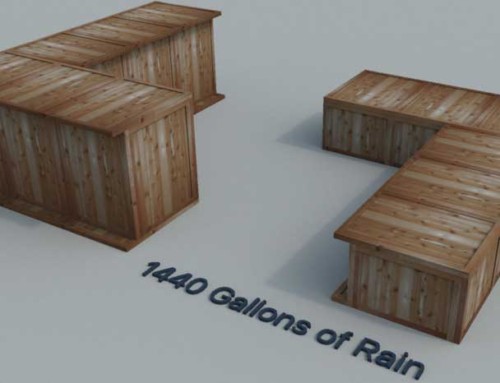

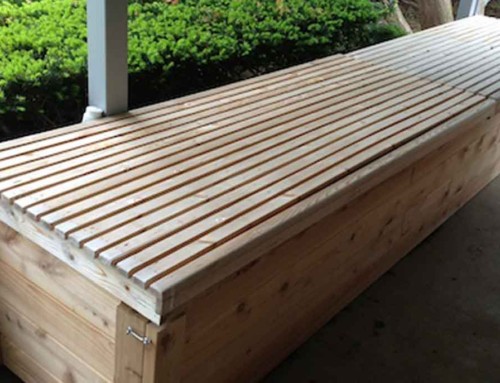
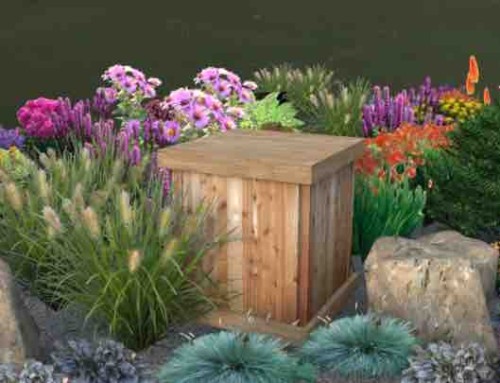
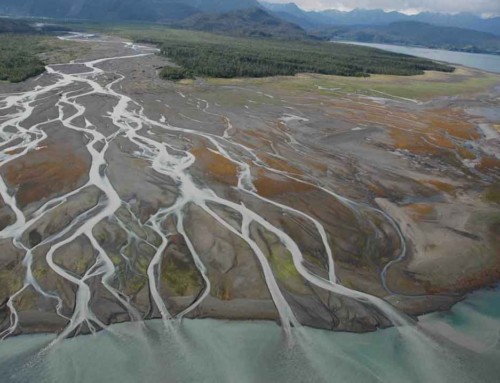

There are so many benefits to rain harvesting, they should be doing more in that regard instead of restrictions. We waste water so much when some people live in long periods of drought